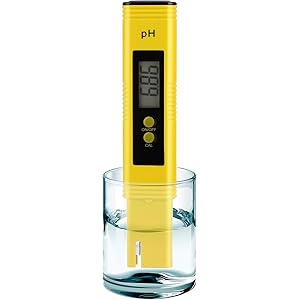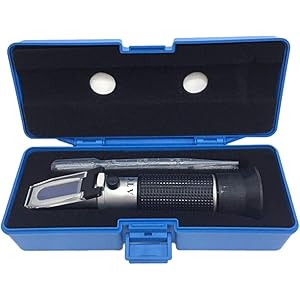Understanding Flocculation
Flocculation is a crucial process in water treatment and various industrial applications, where fine particulates aggregate into a floc or clump. This process enhances the removal of suspended solids, making it essential for effective filtration and purification. The removal from flocculation involves understanding how these aggregates can be separated from the liquid phase, ensuring that the treated water meets safety and quality standards.
The Role of Coagulants in Flocculation
Coagulants are chemical agents that facilitate the flocculation process by neutralizing the charges on suspended particles. Common coagulants include aluminum sulfate and ferric chloride. Their addition leads to the formation of larger flocs, which can be easily removed from the liquid. The effectiveness of removal from flocculation largely depends on the type and dosage of coagulant used, as well as the characteristics of the water being treated.
Factors Influencing Floc Removal Efficiency
Several factors influence the efficiency of removal from flocculation, including pH, temperature, and the presence of organic matter. The optimal pH range for flocculation varies depending on the coagulant used and the specific contaminants present. Additionally, higher temperatures can enhance the kinetics of floc formation, while excessive organic matter may hinder the process, necessitating pre-treatment steps.
Flocculation Mechanisms
The mechanisms of flocculation involve both physical and chemical processes. Initially, particles collide and adhere to one another, forming microflocs. As these microflocs grow, they eventually become large enough to settle out of the solution. Understanding these mechanisms is vital for optimizing the removal from flocculation, as it allows for the adjustment of operational parameters to enhance floc formation and settling.
Types of Flocculants
Flocculants can be categorized into organic and inorganic types. Organic flocculants, such as polyacrylamides, are often used for their effectiveness in low concentrations and their ability to form strong flocs. In contrast, inorganic flocculants are typically more cost-effective and are widely used in municipal water treatment. The choice of flocculant significantly impacts the removal from flocculation process, influencing both the quality of the treated water and the operational costs.
Get more content like this!
Sign up to receive updates and new terms first hand.
Monitoring Flocculation Processes
Monitoring the flocculation process is essential to ensure optimal performance and compliance with regulatory standards. Parameters such as turbidity, particle size distribution, and settling rates are commonly measured. Advanced techniques, including laser diffraction and image analysis, can provide real-time data on floc characteristics, enabling operators to make informed adjustments to enhance removal from flocculation.
Challenges in Floc Removal
Despite its effectiveness, floc removal can present challenges, particularly in the presence of certain contaminants. For instance, oily substances or very fine particles may not flocculate effectively, leading to incomplete removal. Addressing these challenges often requires a combination of flocculation with other treatment methods, such as sedimentation or filtration, to achieve the desired water quality.
Applications of Flocculation
Flocculation is widely used in various industries, including municipal water treatment, wastewater management, and food processing. In each application, the removal from flocculation plays a critical role in ensuring that the final product meets safety and quality standards. For example, in drinking water treatment, effective flocculation can significantly reduce the levels of pathogens and turbidity, making water safe for consumption.
Future Trends in Flocculation Technology
As technology advances, new methods and materials for flocculation are being developed. Innovations such as bio-flocculants derived from natural sources are gaining attention for their eco-friendliness and effectiveness. Additionally, the integration of automation and real-time monitoring systems is expected to enhance the efficiency of removal from flocculation processes, leading to improved water treatment outcomes.
Conclusion on Removal from Flocculation
The removal from flocculation is a vital aspect of water treatment and various industrial processes. By understanding the mechanisms, factors, and technologies involved, operators can optimize their flocculation systems to achieve better results. Continuous research and development in this field promise to enhance the effectiveness and sustainability of flocculation practices in the future.




